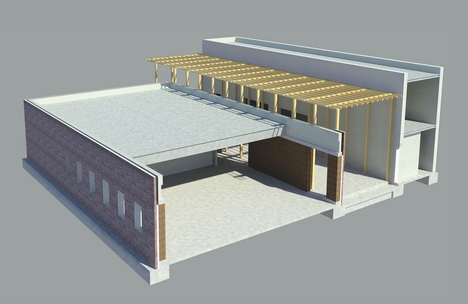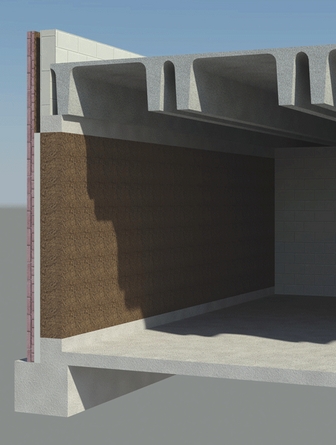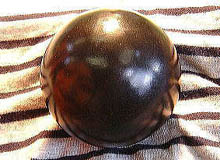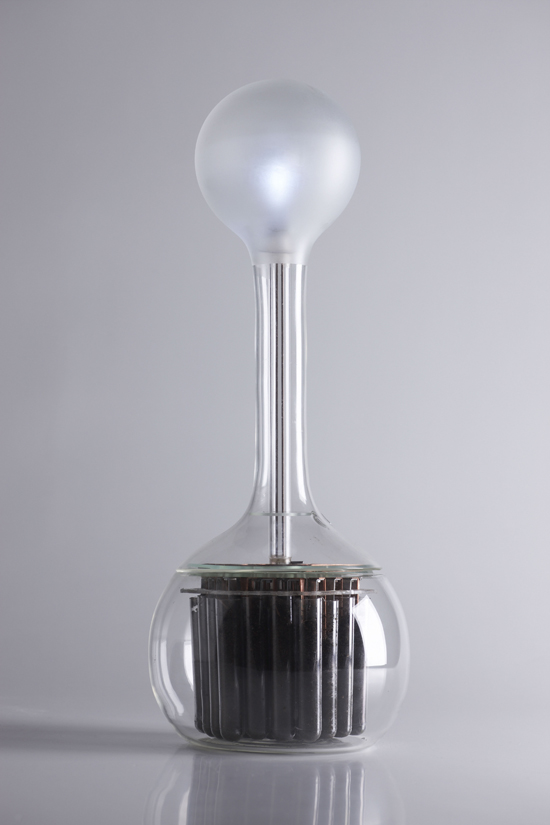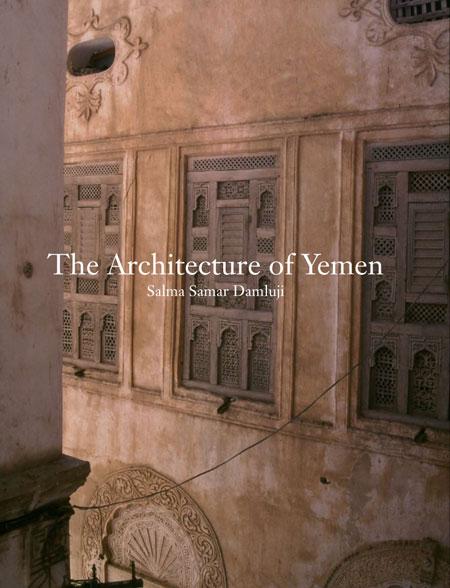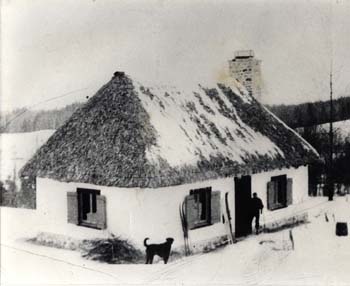Anselmo Jaramillo is teaching our one-week introductory class, Build With Adobe, starting April 21. A little bit of talk, a lot of work. Adobe 147-201, CRN 21475.
Following that on Monday, April 28 is our very intensive ADOB 112-101, Arches, Domes and Vaults that runs five days a week for two weeks ending May 9. Also taught by Anselmo this will take place on the property of Alejandro Lopez on the east side of Espanola. The project will be a small vault. Alejandro already has a dome.
The two courses make a nice package.
More information on the College website www.nnmc.edu or by calling Quentin Wilson at 505-581-4156. Email Donald Martinez for registration at donmart@nnmc.edu or 505-581-4120
Another one-week introductory class begins June 2. The instructor is yet to be identified.
Another on August 18 with Kirk Higbee the instructor. Followed by Arches Domes and Vaults for two weeks beginning Aug 25 and bracketing Labor Day. Taught by Q Wilson. This will be vault in
Abiquiu which we think will be the largest vault ever built west of the Rio Grande, east of the Chama River, South of the Canadian Border and north of Española.


